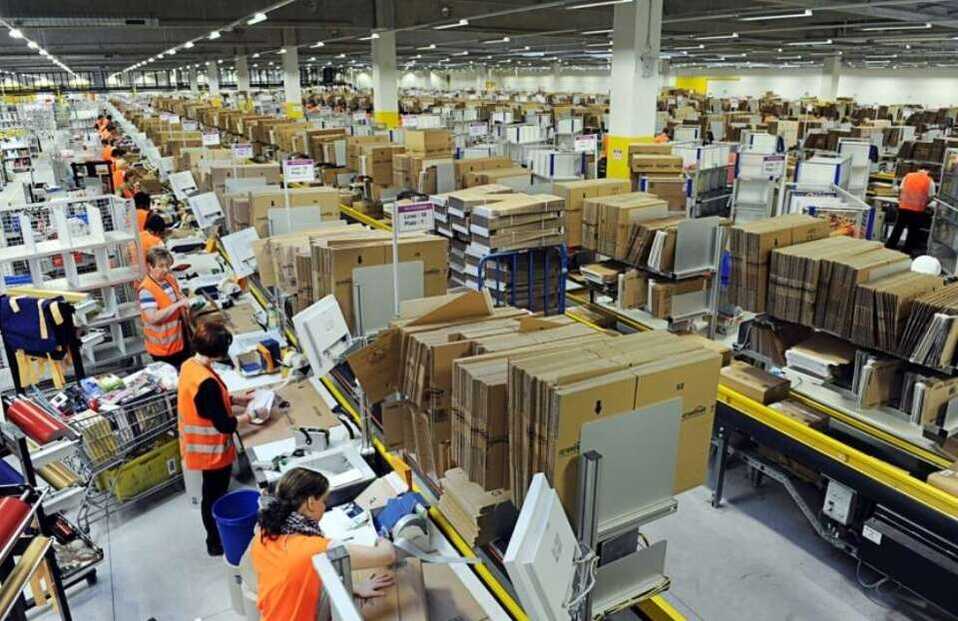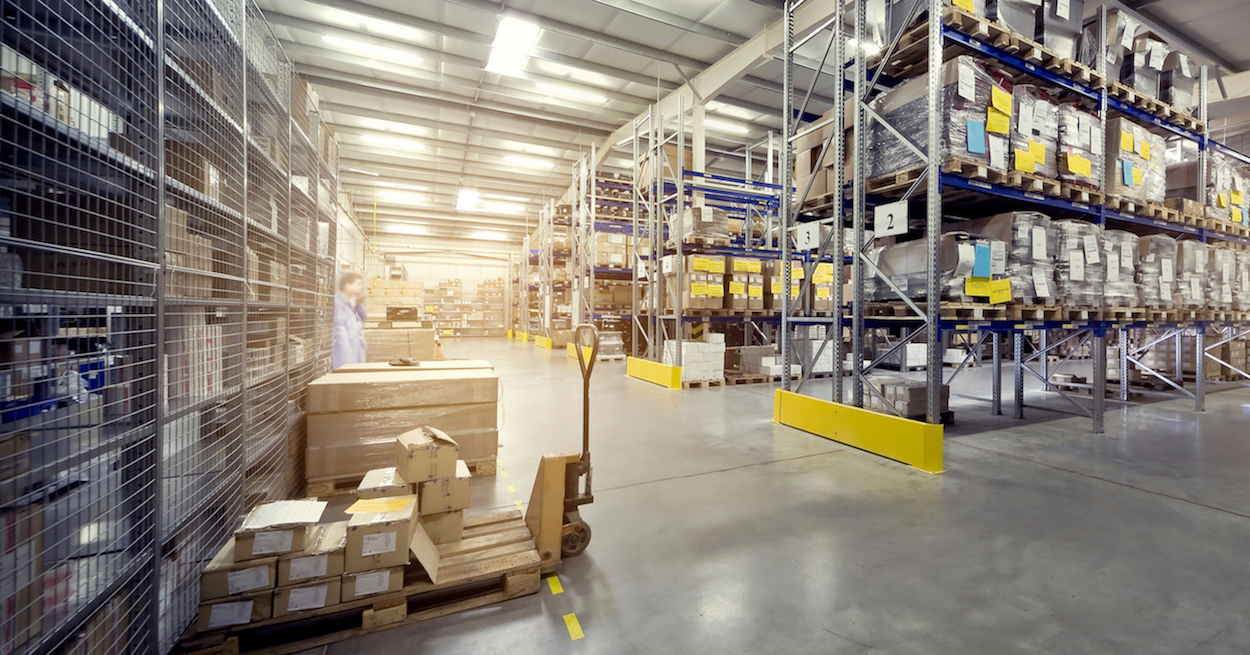Saving time, increasing productivity and efficiency: improving their warehouse management is now a key factor for companies in their race to improve performance. The continuous growth of e-commerce and the increase in the number of orders to be shipped every day require optimal supply chain management.
Follow our 10 tips to improve your warehouse management.
1 – Choose the logistics strategy that suits your needs
A small warehouse that ships 50 orders per day cannot follow the same strategy as a warehouse that has to handle more than 1,000 shipments per day.
Identify your needs, make an assessment of your warehouse and calculate the number of orders it handles before establishing your logistics strategy.
What do you identify with?
- A small logistics: for 50 orders a day, in a 500 m2 warehouse with a team of 5 people, organisation is simpler and employees have different roles according to needs
- Structured logistics: more than 50 orders per day, the warehouse must follow precise rules and each person has a specific task
- Industrialised logistics: more than 1,000 orders per day, automation and insertion of machines are opted for. Warehouse management software optimises order processing
- Logistics outsourcing: a specialised third-party warehouse manages logistics and is able to cope with even significant peaks in activity

2 – Improve the working environment
Improving the working environment of employees enables:
- Limiting unnecessary trips: optimising the position of products on the shelves to facilitate picking
- Limit the transport of heavy loads: by equipping your warehouse with forklifts or pallet trucks. You will avoid the risk of accidents and optimise your work.
Investing in quality products is also a great way to improve the working environment: a high-performance WMS (management system), barcode readers, screens, etc.
3 – Structure and order the warehouse
A good use of space is essential in order not to turn your warehouse into a ‘battlefield’.
To structure the space, you can:
- Establisha rule for classifying all products, the so-called collocation, to establish the logistical routes that will quickly lead to the desired product
- Carefully delimit the storage and work areas: overcrowded areas, storage areas, collection areas, arrival and dispatch areas, transport areas, etc.
4 – Define everyone’s tasks
The more the warehouse is structured, the more precise the tasks become. The more familiar employees are with their tasks, the faster they will work.
To distribute everyone’s tasks, assign them to different areas of the warehouse: picking, order preparation, shipping, packing, etc.

5 – Create a high turnover product area
In every warehouse there are products with a high turnover, those that are the most ordered and therefore the most moved.
We advise you to create a special area for these products, a ‘shop’ next to the packing/shipping area.
6 – Organise the products according to type
To improve your warehouse management, consider classifying your products according to their characteristics as well.
For example:
- Heavy or bulky products (requiring dedicated and technical handling).
- Fresh or perishable products
- Customised products
This organisation will save you time during the logistics flow.
7 – Use the cross-docking technique
Cross-docking is a logistical solution that aims to reduce the movement of products while improving productivity: in concrete terms, it consists of eliminating the intermediate steps of storing incoming goods by loading them directly onto another outgoing vehicle. In this way you also speed up shipments considerably!
8 – Focus on the preparation of similar products
Very important is the time you gain in the preparation of products.
If after an analysis it turns out that two similar products are present during the preparation of an order, you can save time by handling them together. You will thus avoid the to and fro during picking.
9 – Automate stock breakage management
Managing stock breaks is a constant logistical headache: besides causing disruption in the supply chain, stock breaks generate customer dissatisfaction.
When this happens, you can initiate an automated procedure with the sales and after-sales team. The most common method is the automatic sending of an email warning of the arrival date of the product in stock.

10 – Perform product quality checks to avoid errors
Errors in orders are not appreciated by customers. The challenge for good logistics management is therefore to avoid them as much as possible.
Thanks to quality controls, orders are checked at every important step of the logistical process: when the products arrive, at picking, during packing and dispatch.
This check can be carried out faster with the help of a scan that verifies the name and accuracy of the product when it is prepared in packages.
By following these tips, you can quickly improve your warehouse logistics management and gain in performance.
For this, you must carefully choose a good transporter that can provide you with tracking of your shipments, right up to final delivery.
The three key points to remember
- Organisation is the key word for logistics management: a warehouse structured according to the real needs of the company, a specialisation of tasks, a quality location will gain you time and efficiency
- The working environment must be as pleasant and safe as possible, to protect the health of your employees
- Simple tricks, such as high-turnover zones, cross-docking, automation of stock breakage management, allow better management of company logistics in the long run.













